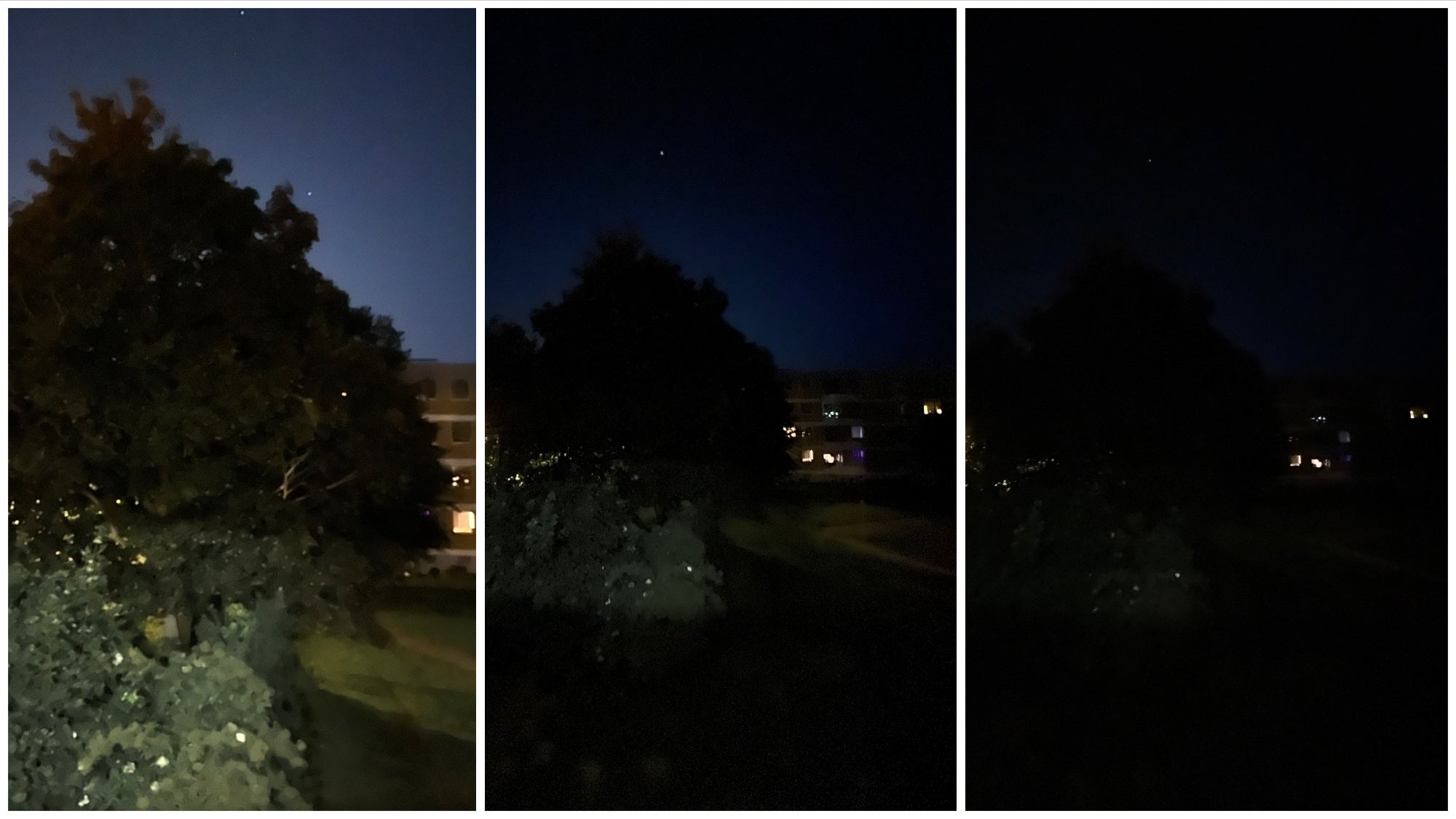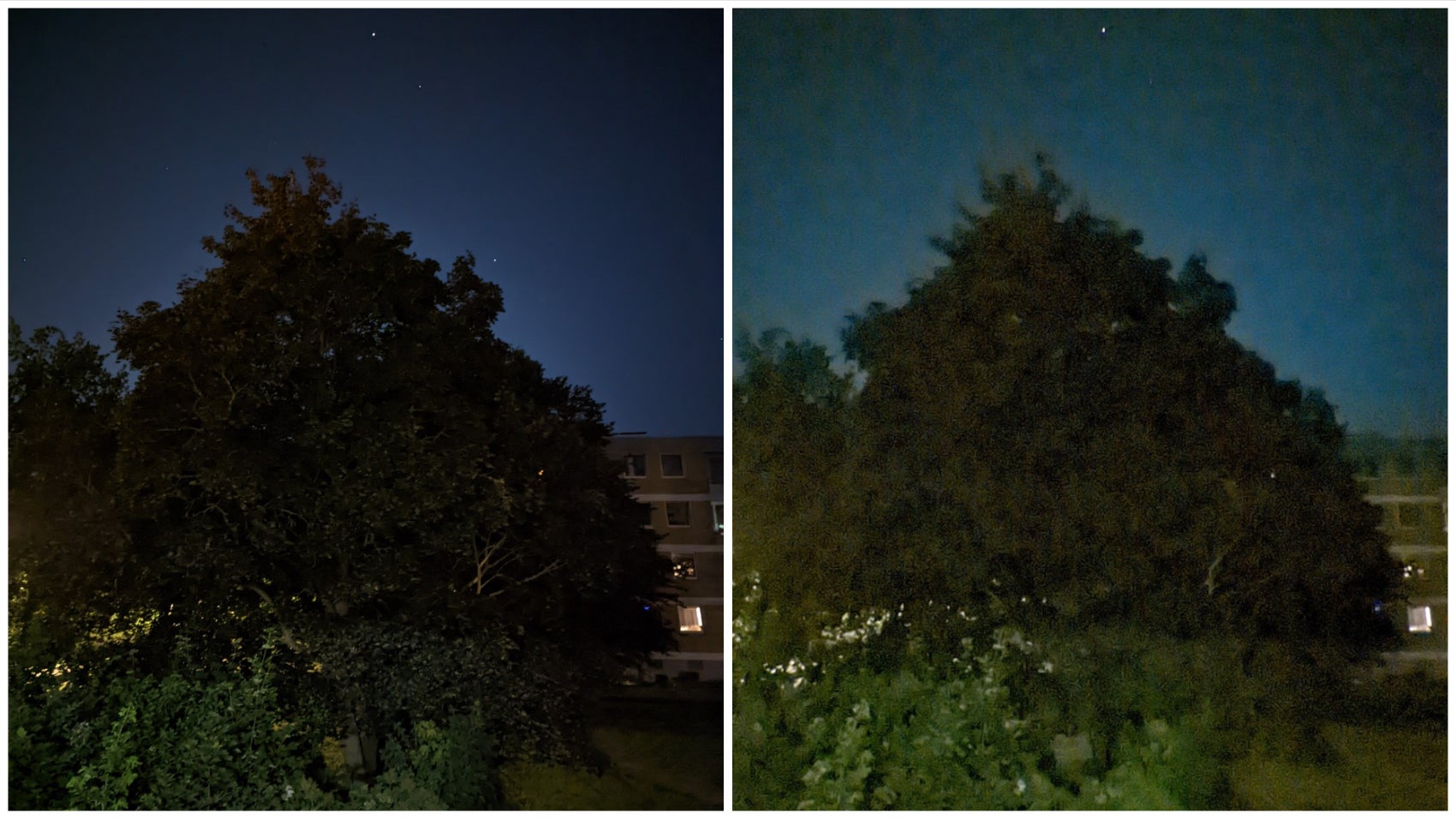iPhone 13, Galaxy S22, Pixel 6 show Apple, Samsung, Google don’t take ultra-wide cameras seriously
No drama, but the facts are as follows…
The ultra-wide-angle photo quality on iPhone 13, Galaxy S22, and Pixel 6 is rather disappointing. Sorry… everyone.
In fact, the ultra-wide-angle camera quality on Apple, Samsung, and Google’s current flagships might not look too bad in isolation. However, phones like the OnePlus 10 Pro, Xiaomi 12 Pro, Huawei P50 Pro, and especially the Vivo X80 Pro show that The Big Three’s UWA snappers leave a lot to be desired. Apart from that, the ultra-wide-angle cameras on iPhone 13, Galaxy S22, and Pixel 6 are also noticeably weaker than the lenses on Apple, Samsung, and Google’s flagships.
All of this leaves me with the impression that the folks from Cupertino, Gangnam, and Mountain View don’t care too much about their ultra-wide-angle cameras. And that’s rather surprising because the majority of users and even tech enthusiasts seem to value the ultra-wide-angle camera more than the telephoto/zoom shooters on current flagships.
Gangnam (Style) isn’t just a song title. It’s a real place in Seoul, South Korea, and Samsung’s headquarters happen to be based there.
So, let’s take a look at a few samples that compare the ultra-wide-angle shooters of the iPhone 13, Samsung S22, and Pixel 6 to their main cameras…
As you can see, the first set of ultra-wide-angle photos don’t look too bad, because we aren’t inspecting them closely. The Night Mode images are good, but the ones without Night Mode showcase the raw capability of the primary and ultra-wide sensors on the iPhone 13 and Pixel 6, and the UWA cameras are losing badly.
The samples with the clock and backpack showcase the lack of detail in ultra-wide-angle photos in mixed lighting conditions (room light). The ultra-wide-angle cameras show a significant amount of noise, artefacts, and loss of detail.
The Vivo X80 Pro is far superior to the iPhone 13 Pro, Galaxy S22 Ultra, and Pixel 6 Pro when it comes to ultra-wide-angle photo quality
This doesn’t only make it the best ultra-wide-angle snapper out there, but also brings it very close to the primary camera quality of the X80 Pro, which should be the case on all flagship phones, if you ask me…
For the record, the Vivo X80 Pro also has far superior HDR compared to all other phones on the market, so there’s that. Also, in case you find the night photos coming from the Vivo to be a bit too bright (and they are), you can always dial back the brightness in editing. The same can’t be said about the noise and lack of detail in the iPhone, Galaxy, and Pixel’s images…
I love zoom cameras, but does focusing on them make Apple, Samsung, and Google forget about the ultra-wide-angle camera?

iPhone 13 – Primary camera (Night Mode), Ultra-wide camera (Night Mode ON), Ultra-wide-camera (Night Mode OFF).
Optical zoom over an ultra-wide-angle camera any day of the week
I feel like it’s important to mention that I don’t think ultra-wide-angle cameras on phones are essential. Don’t get me wrong – they are very nice to have and functional in the right scenarios, where you aren’t working with too much space. However, 8/10 times you’d be able to step back and take a photo with a wider perspective by using your primary snapper. Unless you’re a realtor who needs to make rooms appear bigger than they actually are.
On the other hand, zoom cameras are much more useful for things like portrait, street, architectural, and wildlife photography, making them more versatile and applicable in various use cases. Hence, I’ll always have a bias toward them. It’s not the first time I’m giving this example, but if I could choose whether to equip the vanilla versions of the Pixel and iPhone with only one additional camera, I wouldn’t blink twice before picking a good telephoto lens (the Pixel 6 Pro’s 4x camera would be perfect), instead of an UWA snapper.

Pixel 6 – Primary vs Ultra-wide-angle camera with Night Mode (matched for zoom).
iPhone 14, Galaxy S23, and Pixel 7 will need brand new ultra-wide-angle cameras
All that being said, I also think that if manufacturers (as big as Apple, Samsung, and Google) are going to continue pushing ultra-wide-angle cameras, they need to make them as good as possible. Preferably, as good as the competition’s, and then even as good as the standard camera on their respective flagships.
In other words, phone-makers need to make their multi-camera systems feel like you’re using one camera. That’s the ultimate goal.
I know this could be challenging, and I do realize that the iPhone’s camera system happens to come close thanks to its uniform color profile, resolution, and smooth transitions across all three lenses. However… it’s not enough.
So, let’s not go with small UWA camera sensors, Big Three?


